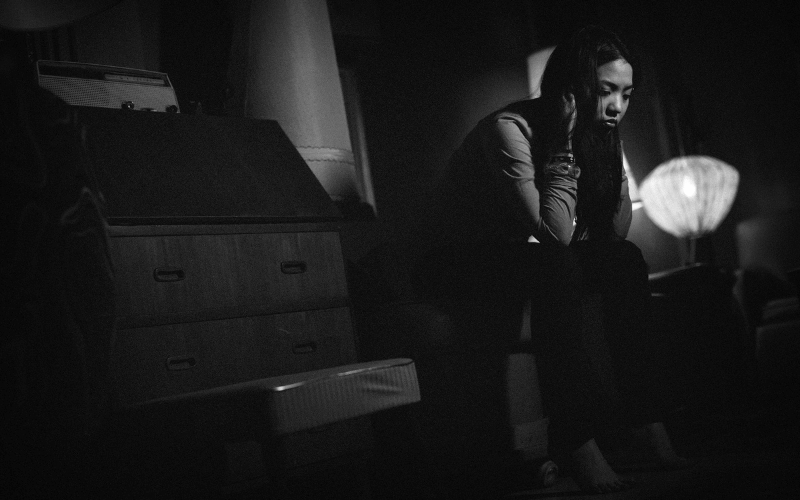Symptom 5: Photosensitivity – The Sun Paradox

In a cruel twist of irony, the sun, a source of life and vitality, can turn into an adversary for those living with lupus. Photosensitivity, or an abnormal sensitivity to sunlight, is a common symptom, affecting about 70% of lupus patients. Exposure to ultraviolet (UV) rays from the sun can trigger a lupus flare, leading to a surge in symptoms.
Photosensitivity in lupus can manifest as skin rashes, increased fatigue, joint pain, or even systemic complications like kidney inflammation. The “butterfly rash”, a hallmark of lupus, can be triggered or worsened by sun exposure.
Managing photosensitivity in lupus involves rigorous sun protection measures. These include avoiding direct sun exposure, particularly during peak sunlight hours, wearing sun-protective clothing, and using a broad-spectrum sunscreen with a high SPF. Regular use of sunscreen is crucial, not just during sunny days, but also on cloudy days, as UV rays can penetrate through clouds.
Photosensitivity in lupus is not just about skin care; it’s about disease management. Adopting rigorous sun protection measures can help prevent lupus flares, manage symptoms, and improve quality of life. (5)